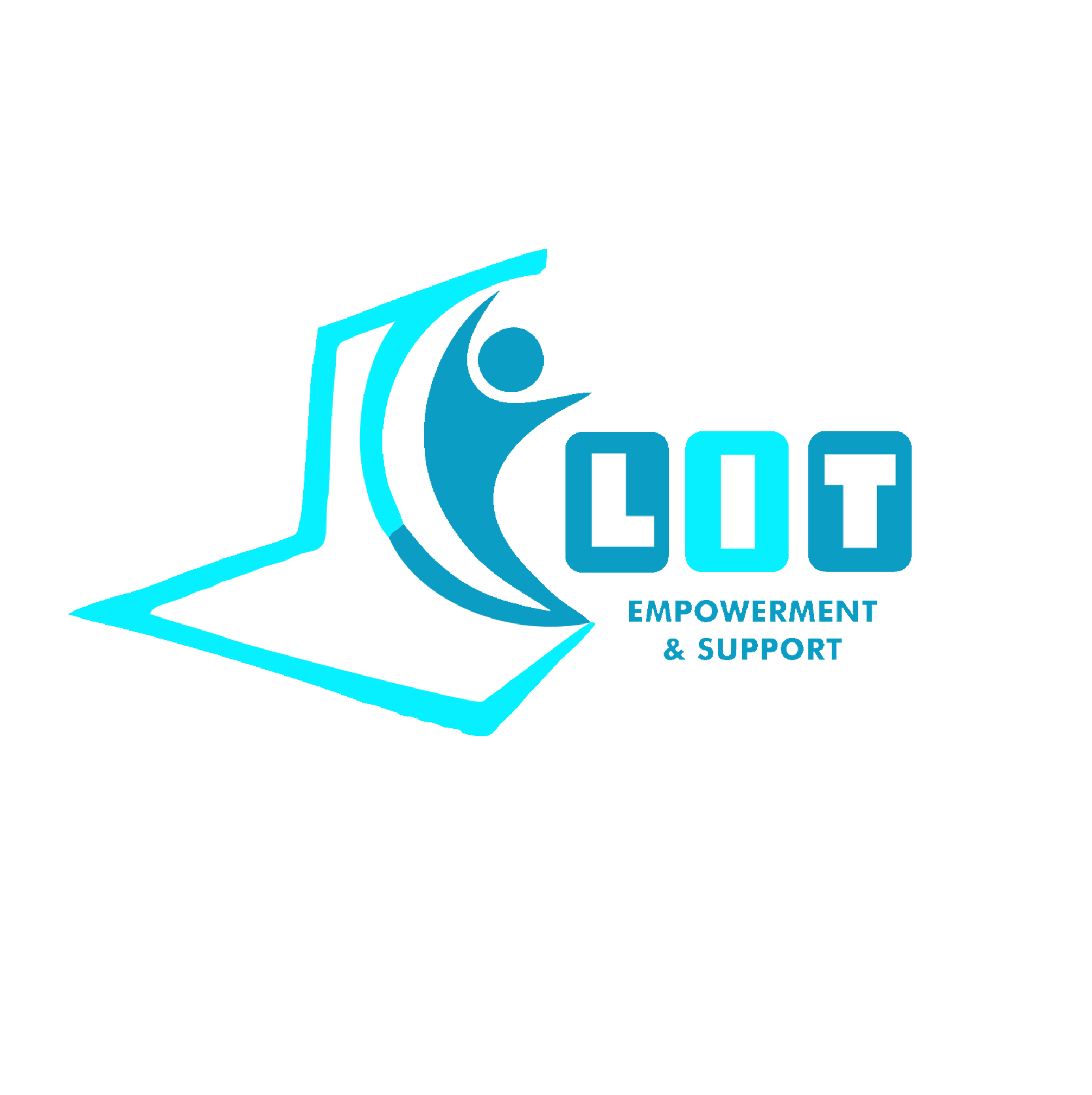Computers will grow to take up more sophisticated forms. With Facebook and co. metamorphosing into META, and with ingenious and out-of-this-world products and services designed to make social media a real world, the masses will continue to relish the ever-evolving technological inventions hitting our world.
In the previous article, I delved a bit more deeply into micro and mini computers. The other two types of computers are supercomputers and mainframe computers. In this article, I will outline modestly, the functions, features and qualities of supercomputers and mainframe computers.
Super Computers
A supercomputer is a computer with a high level of performance as compared to a general purpose computer. The performance of a supercomputer is commonly measured in floating point operations per second instead of million instructions per second.
Some Features of Super Computers
Supercomputers have faster processing speeds, extra memory, and super-sized storage capacity. This makes it an effective tool for research. The devices we keep at home and in our pockets are pretty advanced compared to the technology of the past, but they can’t hold a candle to the raw power of a supercomputer.
More features of supercomputers
Supercomputers usually have more than one CPU (central processing unit) which contains circuits for interpreting program instructions and executing arithmetic and logical operations in proper sequence. Another feature of supercomputers is their use of vector arithmetic;i.e.they are able to operate on pairs of lists of numbers rather than on mere pair of numbers.
Some functions of supercomputers
Supercomputers were originally used in applications related to national security, including nuclear weapons design and cryptography. Today, they are also routinely employed by the aerospace, petroleum, and automotive industries. They are also widely used in applications relating to engineering or scientific research., as, for example, in studies of the structure of subatomic particles and of the origin and nature of the universe, and more.
Lit Empowerment and Support Incorporated- a bridge
Lit Empowerment and Support Incorporated, is a non-profit, non-governmental organization. Its aim is to help bridge the digital divide by taking delivery of IT tools and/or ICT facilities or anything related to ICTs.The organization does onward presentations to impoverished rural individuals, schools and/or communities. By doing this, Lit Empowerment presents itself as a bridge by which the digital divide can be bridged. Lit Empowerment and support Incorporated looks forward to receiving from you.
Bridging the digital divide
Obviously, one way to bridge the digital divide is for people to have some kind of knowledge of/and about computers so as to be able to fully appreciate how friendly and useful computers have actually become to humanity. This has a way of attracting them to computers and for them to want to savor the user experience.
Mainframe Computers
A mainframe computer informally called a mainframe or big iron is a computer used primarily by large organizations for critical applications like bulk data processing for tasks such as censuses, industry and consumer statistics, enterprise resource planning, a large-scale transaction processing.
Some features of mainframe computers
A mainframe is large but not as large as a supercomputer. It also has more processing power than some other classes of computers such as mini computers, servers, workstations, and personal computers. Mainframes are largely and often used as servers. They are actually designed to handle very high volumes of input and output.
Conclusion
It’s important for the people of developing countries, especially those in Africa to assimilate the truth that, computers actually affect our lives one way or the other, either directly or indirectly, and that, they necessarily need to put their best foot forward in attempting to bridge the digital divide.



Add a Comment